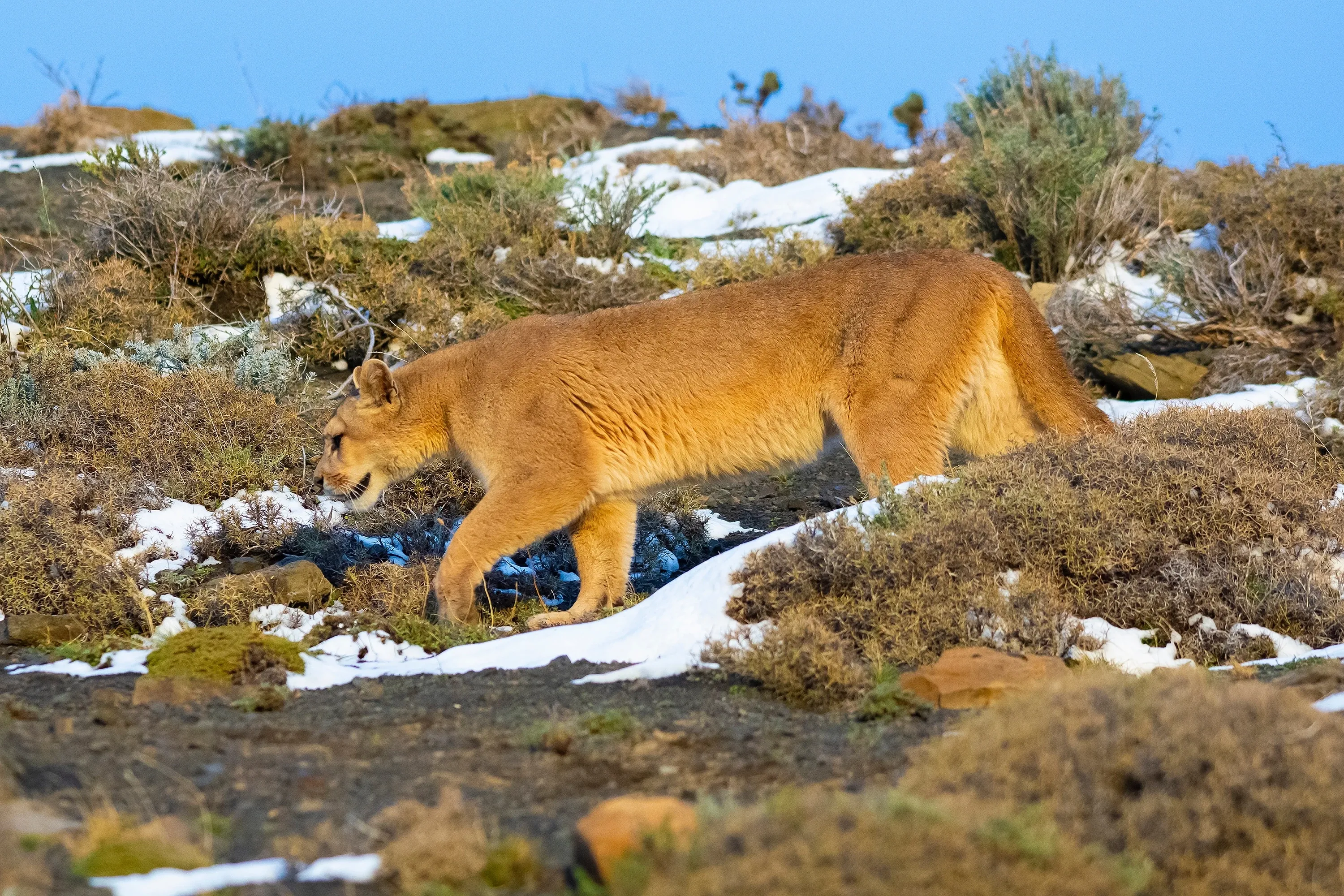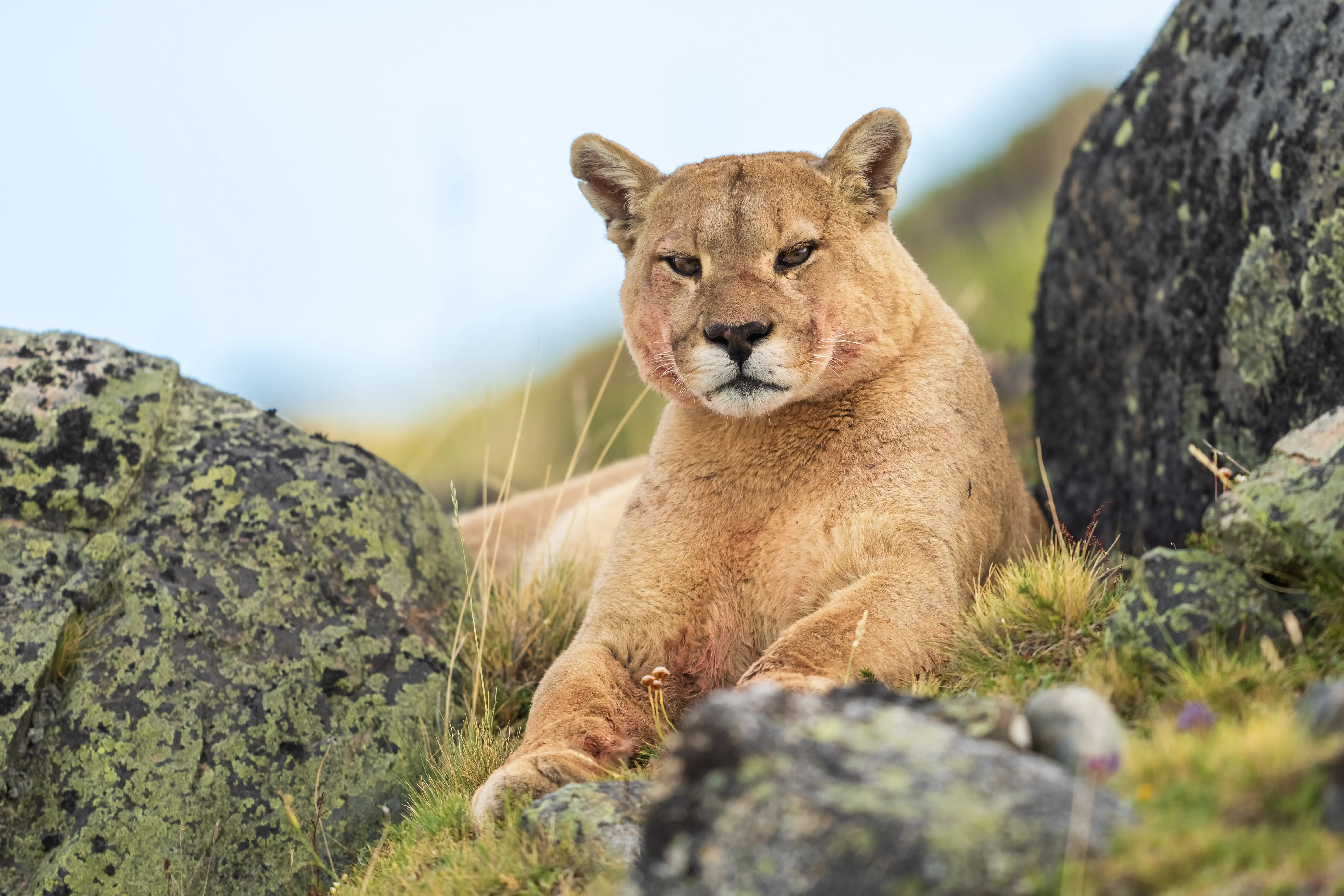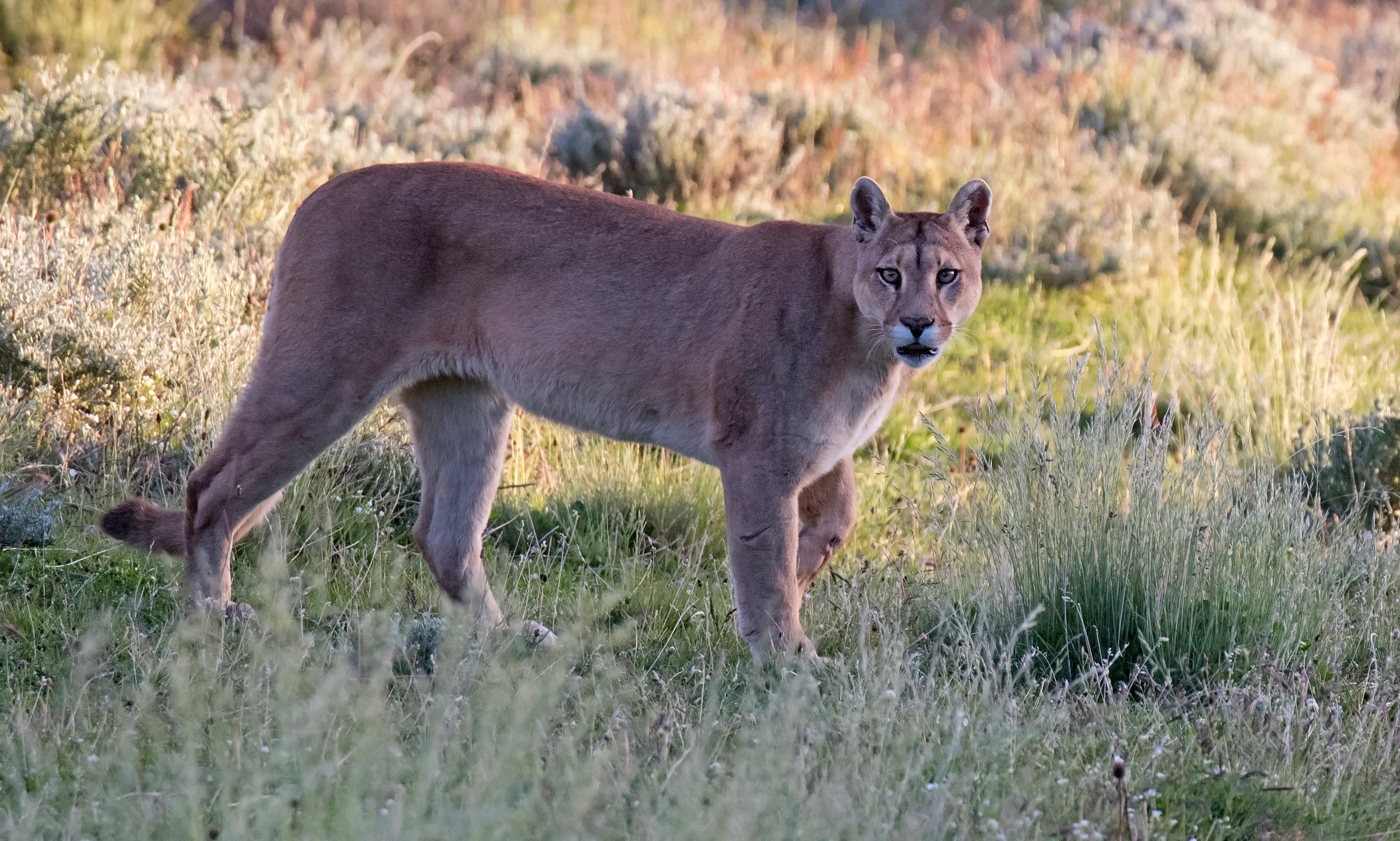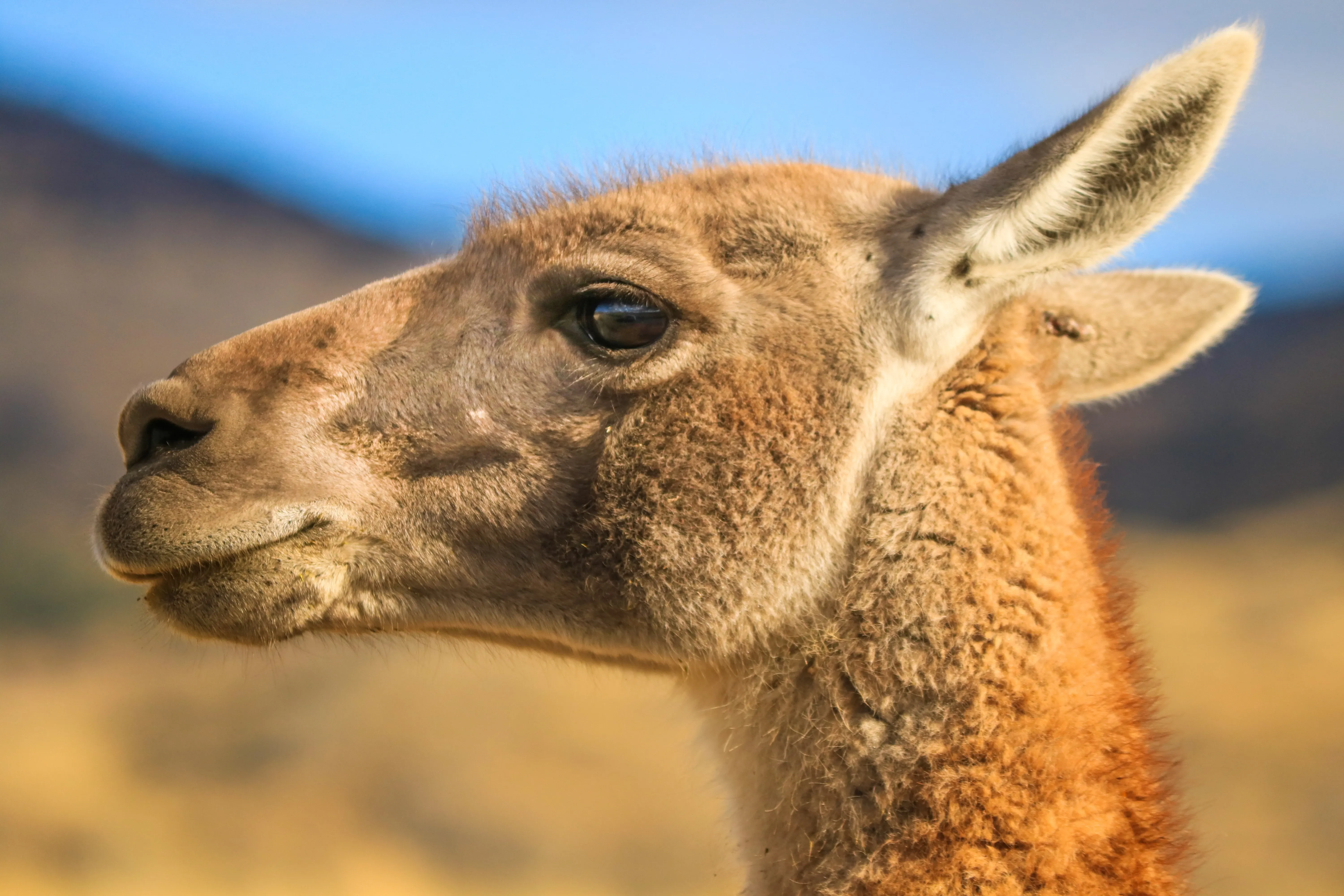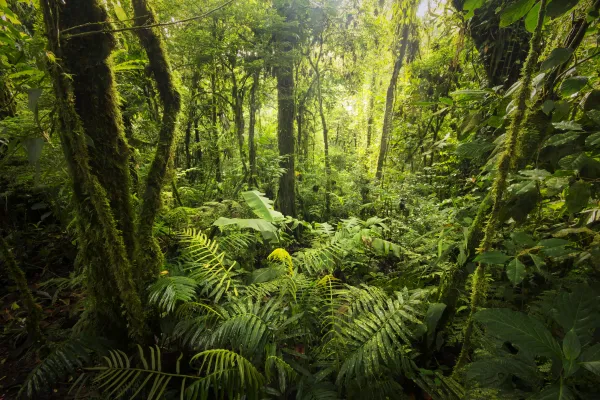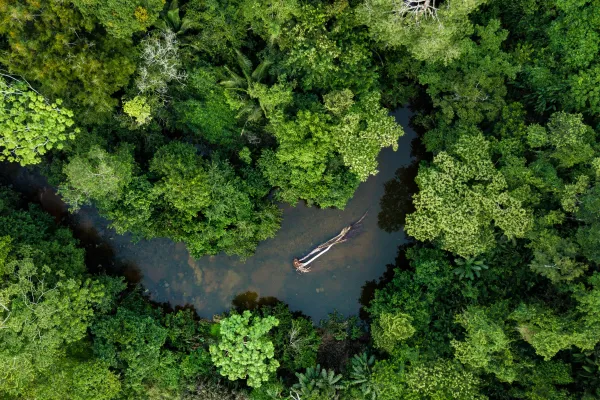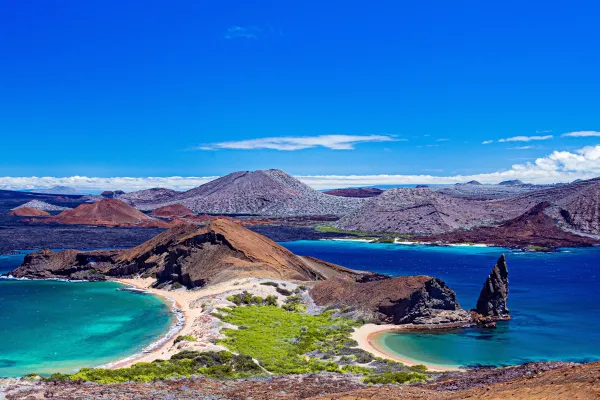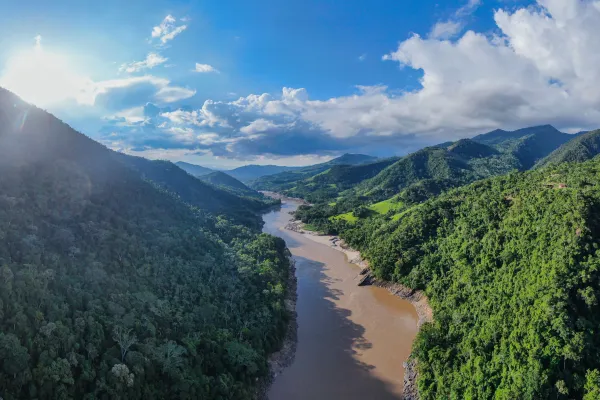Puma sightings in Torres del Paine, Chile
People know Torres del Paine National Park best for its spectacular glacial scenery and iconic mountain 'towers'. However, another attraction here is equally captivating for lovers of nature and wildlife – the Torres del Paine puma.
At the far-flung tip of South America lies the extraordinary region of Patagonia. Many people might assume that few wildlife species can survive this extreme and volatile pocket of the planet. However, nothing could be further from the truth. This pristine tract of wilderness is home to phenomenal biodiversity. The puma is among the many species that thrive at the so-called 'End of the Earth'. And nowhere else in the region supports a healthier puma population than Torres del Paine National Park.
Pumas - resilient and adaptable
Until recent decades, people knew very little about pumas due to their secretive, elusive nature. These large cats, also commonly called cougars or mountain lions, are among the most adaptable and resilient wild felids. They are found across the Americas in diverse habitats that range from breathtaking forests and grasslands to rugged mountain peaks. Depending on their geographical setting, pumas occur in shades of golden and red-brown, to tan, grey, and even black, in rare cases. Torres del Paine pumas are tawny-coloured with paler undersides.
Scientists estimate that around 50,000 pumas exist in the wild today. However, genetic testing has shown that these cats almost became extinct roughly 10,000 years ago. Researchers believe that a small population survived in a remote enclave somewhere in northeastern Brazil. Once environmental conditions improved, they flourished once again. The healthy population of pumas in Torres del Paine speaks to this cat's remarkable ability to thrive in unforgiving environments. However, several other factors play in the cougar's favour in this remote reserve.
Torres del Paine National Park: An important puma sanctuary
Many centuries ago, wolves roamed the rocky plains of Torres del Paine National Park. However, today there are no predators like wolves or bears that pumas sometimes fall prey to in the wild. Consequently, these felids can wander these climes unhindered and unafraid. Furthermore, the park is home to a thriving guanaco population – a hoofed animal related to the camel. Pumas love to feed on these large ungulates, and there is no shortage of them here.
Additionally, committed conservationists have been working to protect Torres del Paine National Park and its wildlife for several decades. These dedicated conservation efforts have paid off. The pumas of Torres del Paine have increased exponentially, with various 'high-density' puma zones scattered through the park. According to the documentary The Secret Lives of Pumas, these areas that the Torres del Paine pumas prefer can be home to one puma per 2.6 square kilometres. This statistic is astoundingly high in terms of global puma density, despite these cats' outstanding evolutionary tenacity.
Moreover, the Torres del Paine pumas have become increasingly confident in their environmental safety and more habituated to people as ecotourism to the reserve has grown. The park carefully regulates the ecotourism industry to afford maximum protection to the ecosystem and its wild inhabitants. Therefore, pumas in Torres del Paine are far less elusive than in other parts of the world. The healthy numbers and relatively easy visibility of these cats make the park one of the planet's best places for puma tracking.
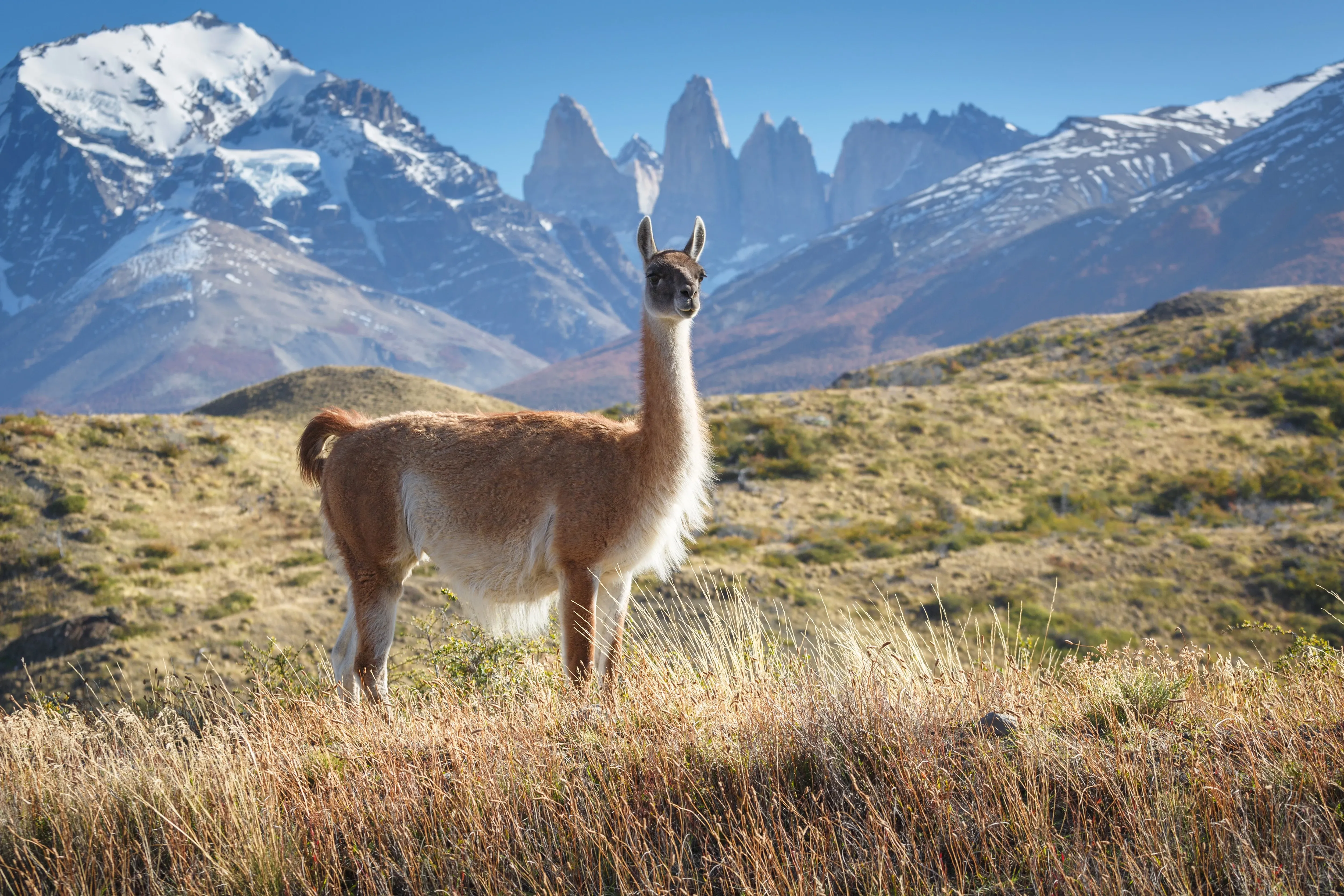
Preparation for Puma tracking
The park experiences extreme environmental conditions, and travellers should prepare for rugged terrain and volatile weather. Temperatures can plummet below freezing in winter, while summer temperatures reach a maximum of around 20 C°. Furthermore, Torres del Paine National Park winds can reach up to 150 kilometres per hour at their most ferocious.
Consequently, this amazing adventure requires careful pre-planning. Particularly, if you are searching for the Torres del Paine puma, you may need to trek long distances, scale high peaks, and reach altitudes where the sun is unforgiving. Therefore, it is essential to prepare properly, with appropriate gear, supplies, and clothing to protect you during your sightings.
Packing list for puma tracking in Torres del Paine National Park
- Have a thermal base layer: it is the first step towards protecting you from Torres del Paine National Park's icy temperatures. If possible, choose thermals made from natural, eco-friendly materials, for example, bamboo. They are usually more comfortable and breathable than synthetic materials, as well as gentler on the environment. Additionally, natural fibres typically facilitate the best temperature regulation.
- Get waterproofed! Whether you choose waterproof thermals or add additional layers, waterproofing is crucial. You will definitely want to avoid being drenched and chilled to the bone by rain, ice, and snow.
- Incorporate some cosy upper layers and, most critically, ensure you have a decent windbreaker – the gales can be formidable at this continental tip.
- Cover up with a top jacket containing a warming and insulating material.
- Your choice of footwear will make or break your trip. Some people prefer traditional hiking boots, and others, hiking trainers. Try various options to find out what is most comfortable before your trip. However, remember that high-quality gear is essential to withstand unforgiving weather conditions. If you are visiting in the warmer months, a pair of waterproof open hiking shoes is likely to come in handy.
- Do not forget warm gloves and headgear – your extremities will pay the price otherwise!
- No matter how cold it is, the sun's reflection off glacial ice can cause severe sunburn, so a sunhat and sun protection is an absolute must! If possible, choose a biodegradable sunscreen that will not harm this incredible natural enclave.
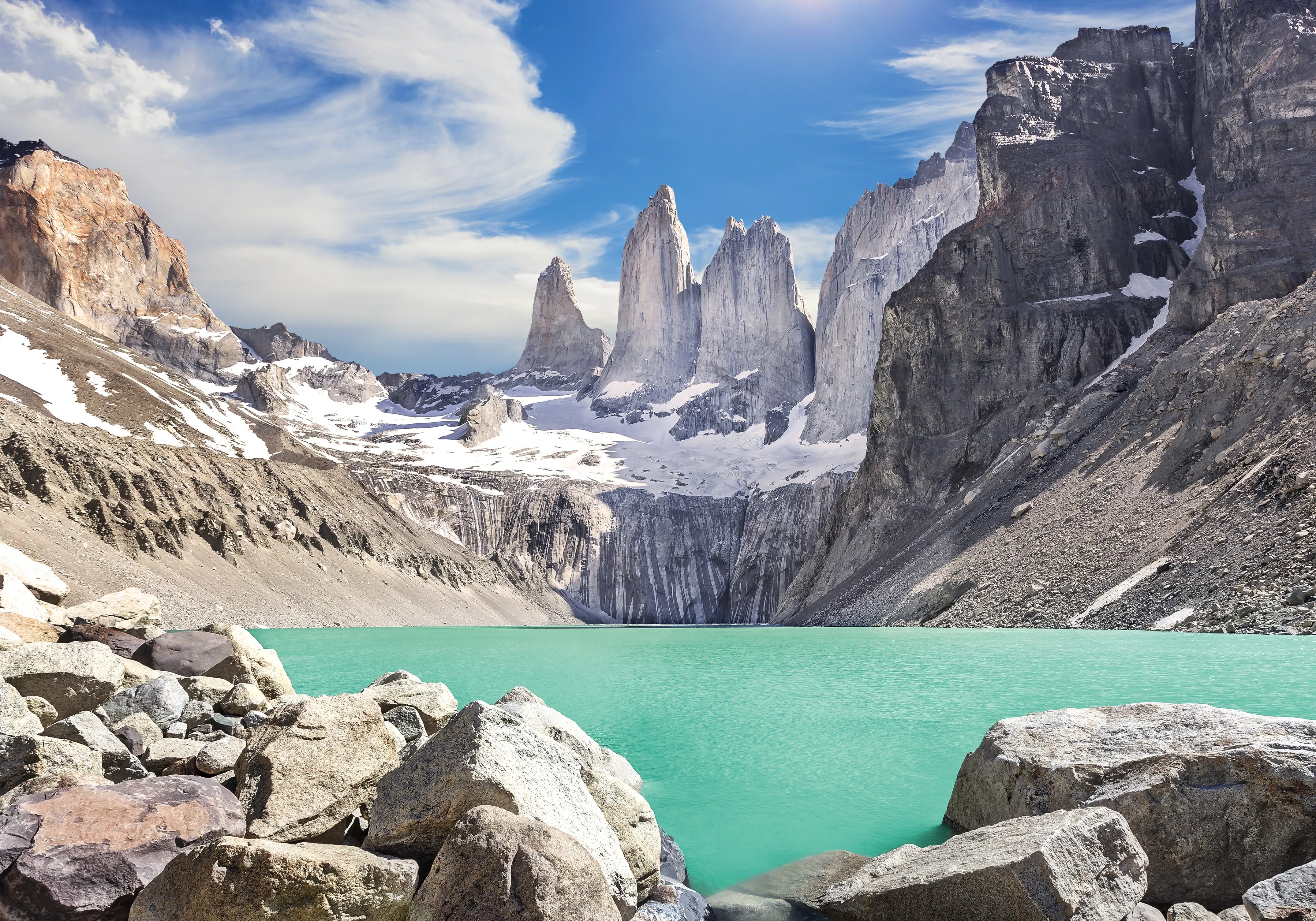
Choosing a Torres del Paine puma tour and best time to see them
When looking for a Torres del Paine puma tour, make sure you do your research thoroughly. Choose a service provider with reliable reviews and supporting evidence that they are genuinely committed to puma conservation. Responsible ecotourism practices are essential for preserving these magnificent creatures and their habitat.
During the summer, the pumas in Torres del Paine go higher into the mountains to hunt. However, in winter, they follow the guanaco herds below the snowline to more accessible areas. Therefore, it is more likely to see them in the cooler months. However, the winters here are extremely harsh, so most travellers prefer to visit in the autumn or spring months.
Pumas are typically more active at dusk and dawn; the chances of seeing them in full daylight are slim. However, as with wild animals, one never really knows when encounters might occur.
Why you should go puma tracking
The pumas of Torres del Paine enjoy a relatively threat-free existence compared to their counterparts in other places. Nevertheless, these mountain lions contribute to the environment as much as they benefit from it. As apex predators, they balance the ecosystem from the top down.
Various scavenger species depend on their leftover kills for survival, including the condor – the world's largest vulture. Furthermore, the balance could easily fall out of sync without these large cats controlling the guanaco population.
These large cats are a gift to the planet, as well as a beauty to behold – particularly against the spectacular scenery of Torres del Paine National Park. The combination of conservation and carefully monitored ecotourism has facilitated one of the healthiest puma populations on earth. Puma tracking in Torres del Paine promises an unforgettable experience for any large cat enthusiast. Moreover, it is a great way to support these exceptional cats' immediate protection and long-term survival.
Source references:
Emerging Destinations
EcoCamp
Britannica
Sign up for the newsletter
By clicking on “Subscribe now” I will subscribe to the Conscious Explorer newsletter with all the information about mindful travel. Information on the success measurement included in the consent, the use of the shipping service provider MailChimp, logging of the registration and your rights of revocation can be found in our privacy policy.
